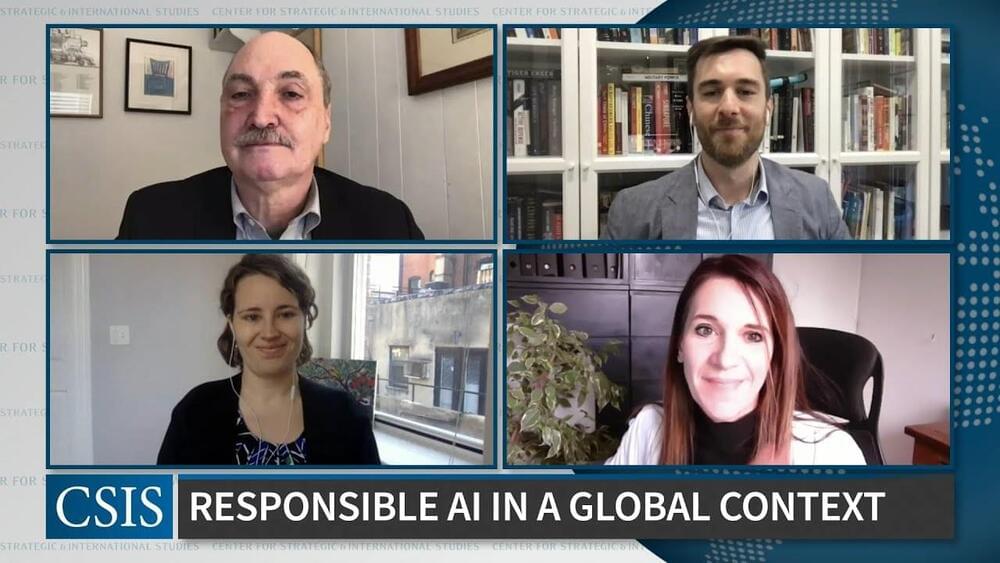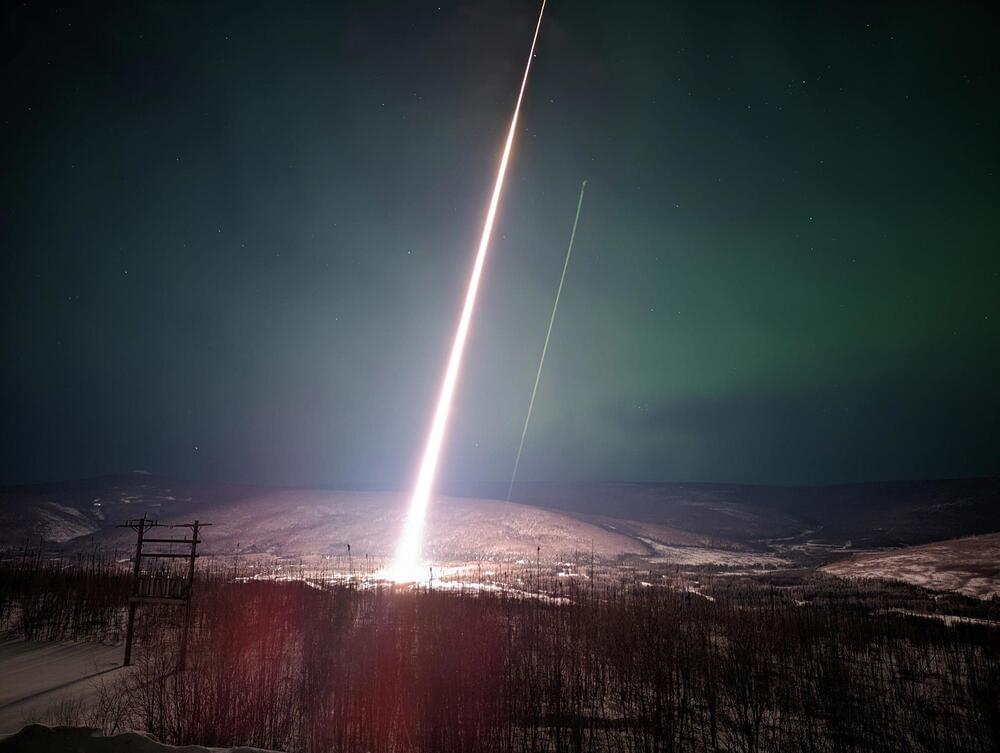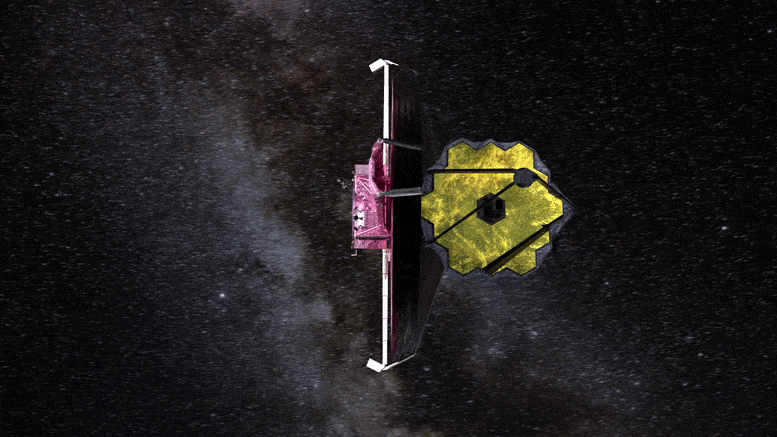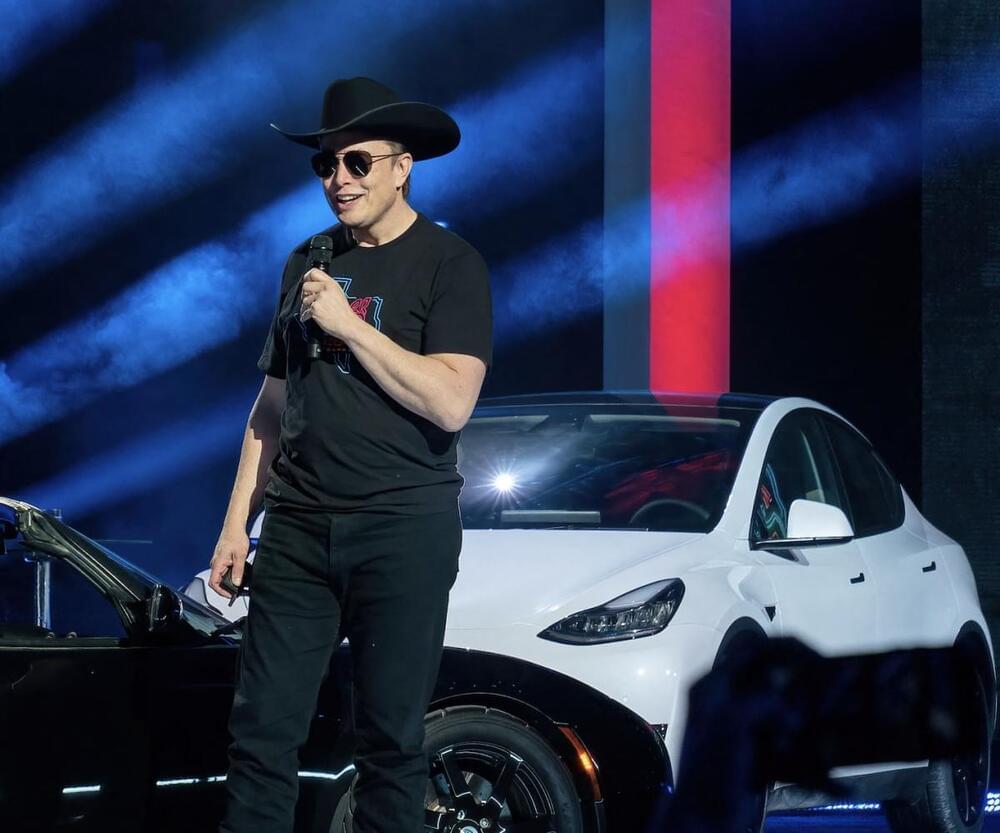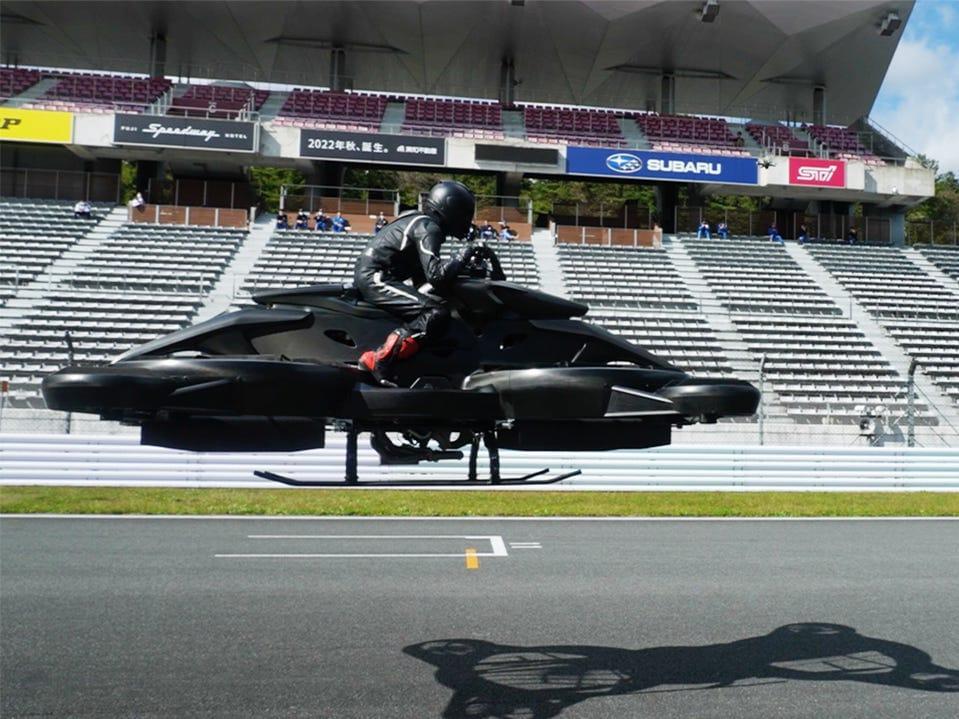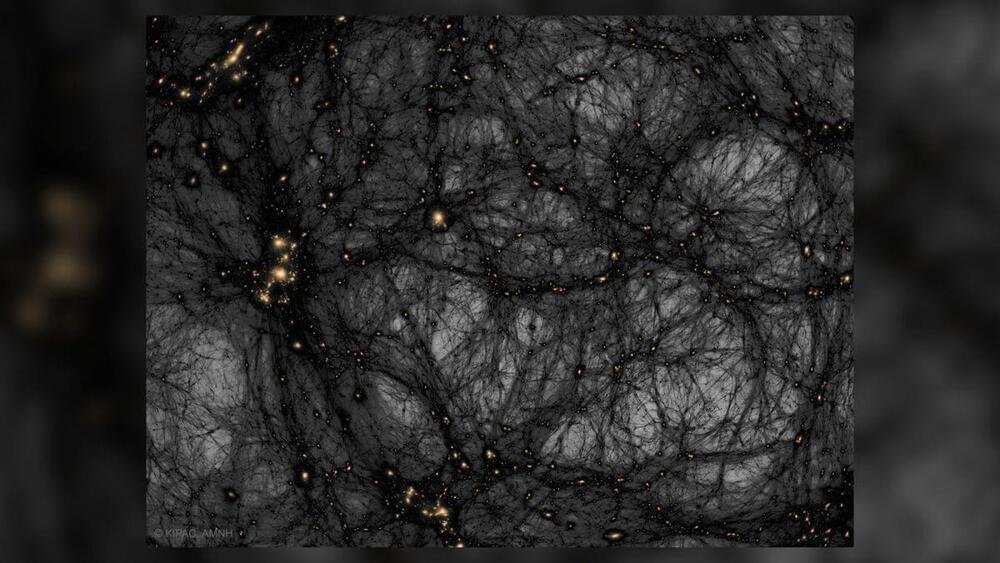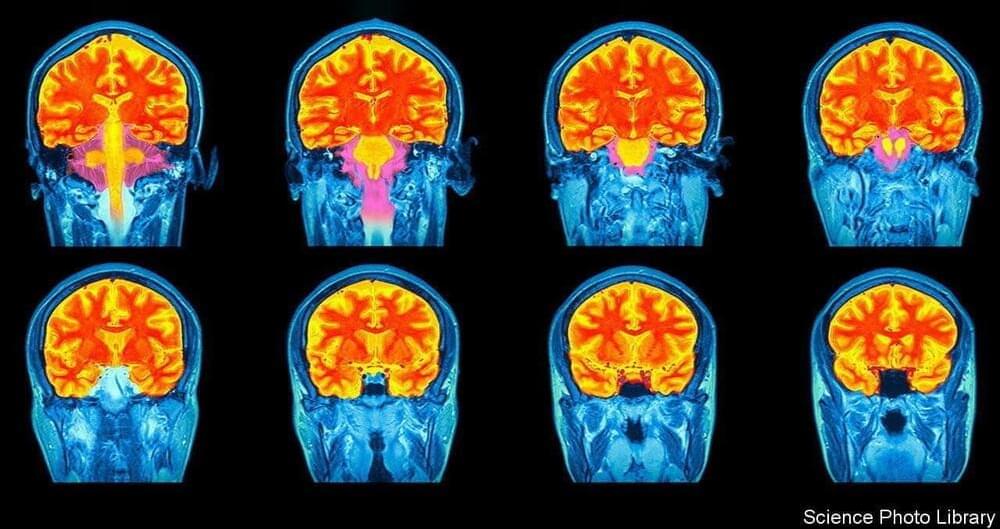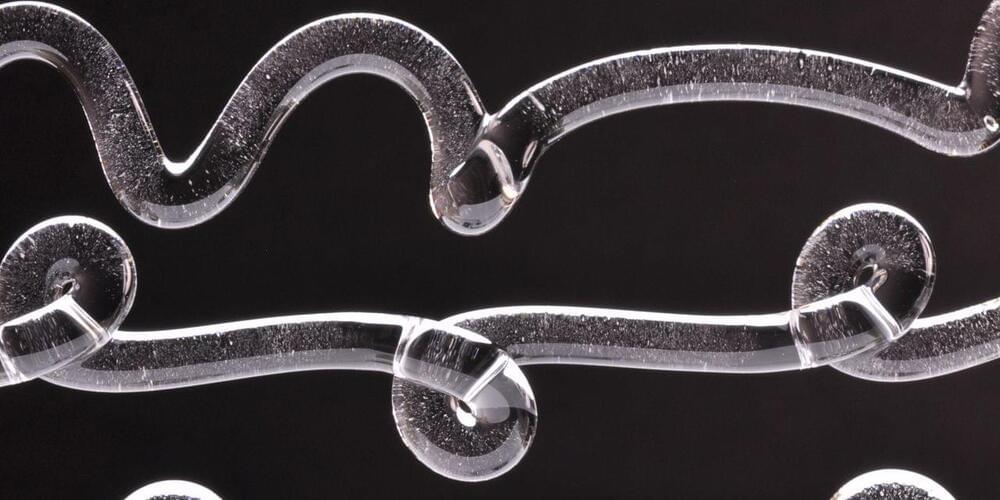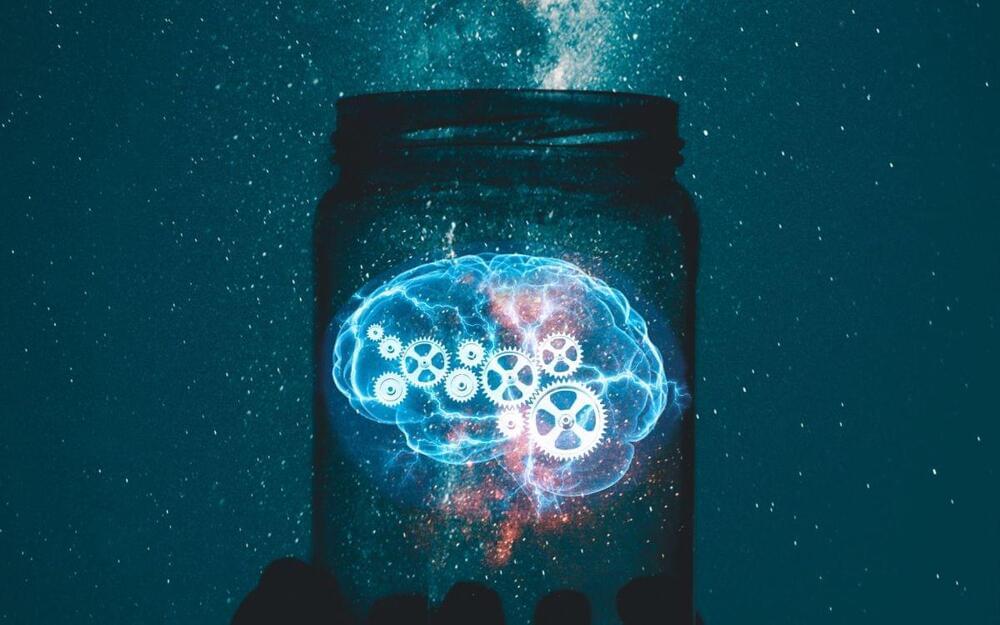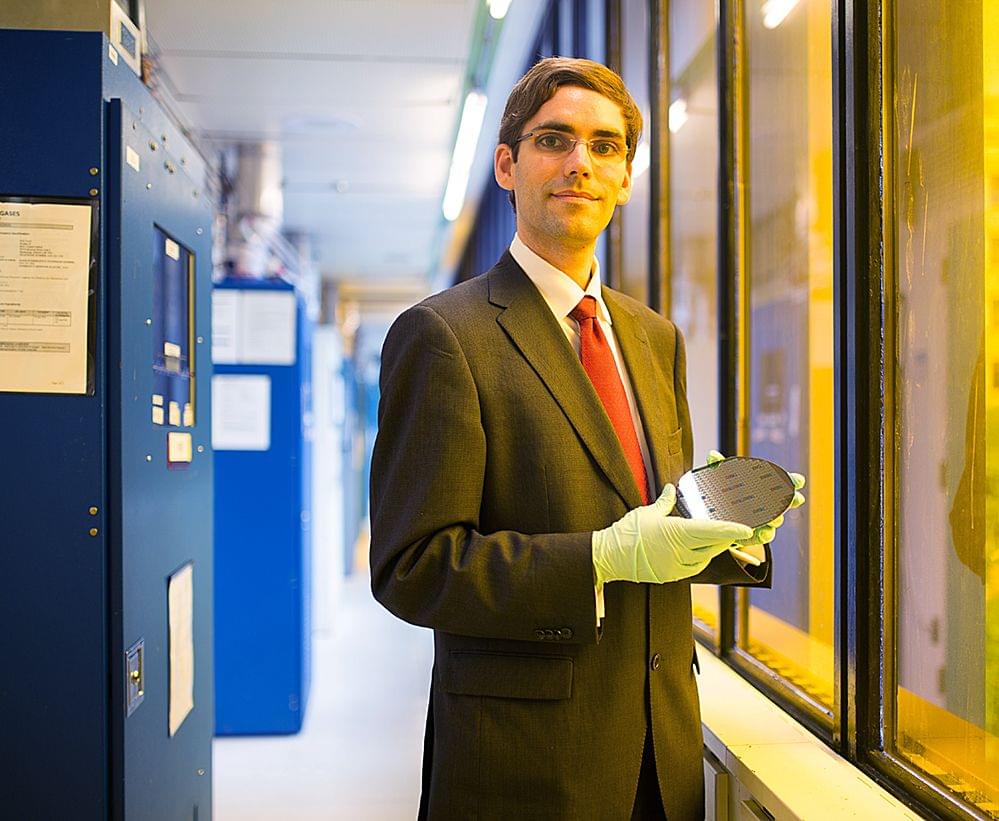CSIS will host a public event on responsible AI in a global context, featuring a moderated discussion with Julie Sweet, Chair and CEO of Accenture, and Brad Smith, President and Vice Chair of the Microsoft Corporation, on the business perspective, followed by a conversation among a panel of experts on the best way forward for AI regulation. Dr. John J. Hamre, President and CEO of CSIS, will provide welcoming remarks.
Keynote Speakers:
Brad Smith, President and Vice Chair, Microsoft Corporation.
Julie Sweet, Chair and Chief Executive Officer, Accenture.
